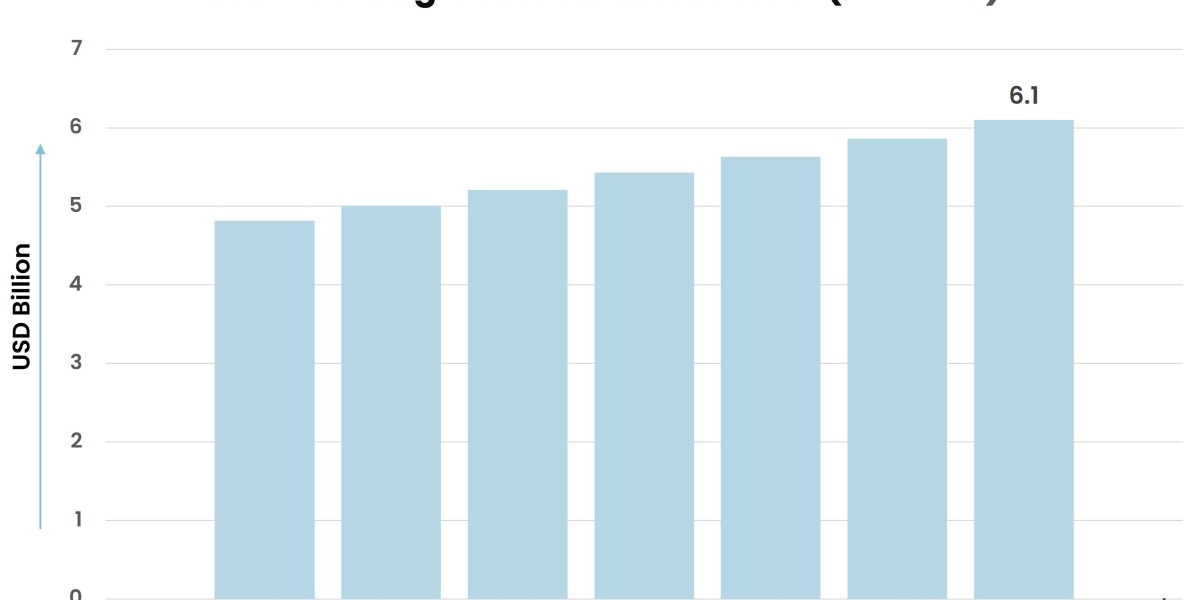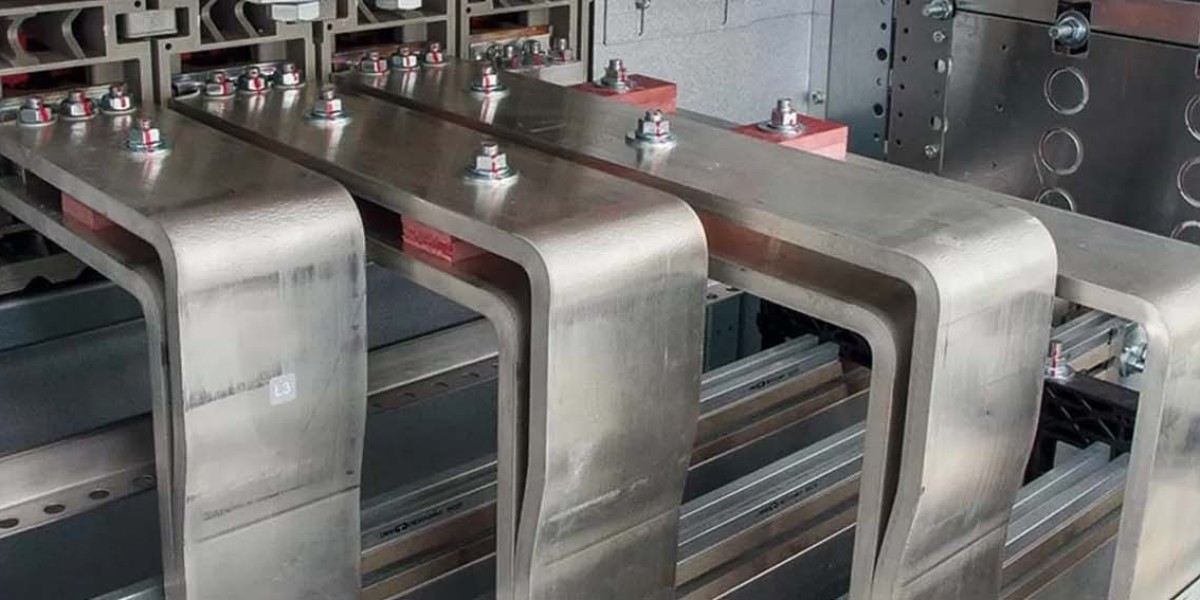In the context of health and safety, especially in workplaces where respiratory protection is crucial, mask fit testing in Newmarket has become an essential practice. This process ensures that masks provide an adequate seal against contaminants, helping to protect workers’ health. Understanding how mask fit testing works can demystify the procedure and highlight its importance. This article offers a step-by-step guide to the mask fit testing process.
Step 1: Identify the Need for Fit Testing
Before initiating the testing process, it is important to determine if mask fit testing is necessary. Organizations in sectors like healthcare, construction, and manufacturing, where employees are exposed to hazardous airborne contaminants, are typically required to conduct fit testing. It is also essential for ensuring compliance with regulations and promoting a safe work environment.
Step 2: Select the Appropriate Mask
Choosing the right type of mask is critical for effective fit testing. Masks come in various styles, including N95 respirators, full-face respirators, and surgical masks. Each type has different features and levels of protection. Employers should consider the specific hazards present in their workplace and select masks accordingly. Workers should also have the opportunity to try different masks to find one that is comfortable and provides a good seal.
Step 3: Conduct the Fit Test
Once the appropriate mask has been selected, it is time to conduct the fit test. There are two primary methods for fit testing: qualitative and quantitative.
Qualitative Fit Testing: This method uses the wearer’s sense of taste or smell to detect leakage. The test involves the individual wearing the mask while a test agent (like saccharin or Bitrex) is introduced in the air. If the individual detects the agent, it indicates that the mask is not sealing properly.
Quantitative Fit Testing: This method uses specialized equipment to measure the amount of air leaking into the mask. A device is attached to the mask to collect data, providing a numerical value that represents the fit factor. This method is generally more accurate and preferred for high-risk environments.
Step 4: Evaluate and Document Results
After the fit test, it is essential to evaluate the results. If the mask passes the fit test, the employee can be deemed fit to wear it for their duties. If it fails, adjustments to the mask or a different model may be necessary. Documentation of fit test results is crucial for compliance and for tracking the effectiveness of the respiratory protection program.
Step 5: Ongoing Fit Testing and Training
Mask fit testing is not a one-time event; it should be conducted regularly, especially when there are changes in the workplace, such as new employees or new types of masks. Additionally, training employees on proper mask usage and maintenance is vital to ensuring their safety and the effectiveness of the mask.
In summary, mask fit testing in Newmarket is a critical component of workplace safety, ensuring that masks provide adequate protection against harmful airborne contaminants. By following this step-by-step guide, organizations can implement effective fit testing practices that prioritize the health and safety of their employees. Regular fit testing and proper training foster a culture of safety and compliance in the workplace.







